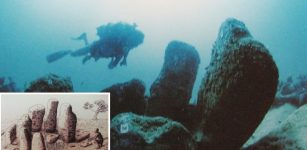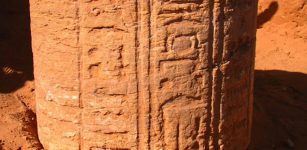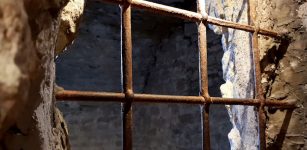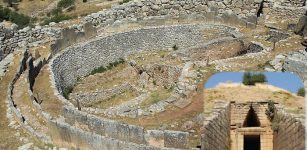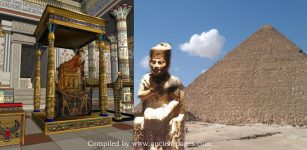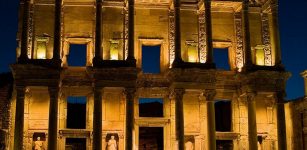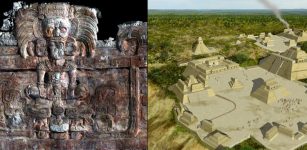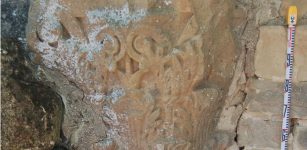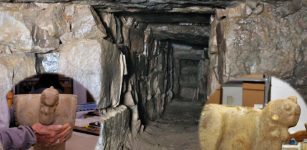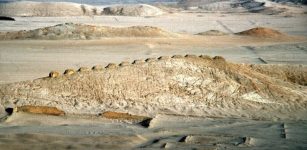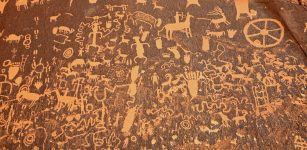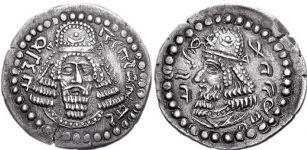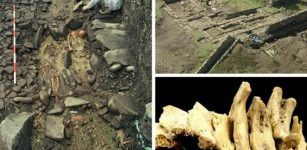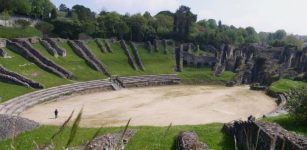Intact 2,700-Year-Old Pacopampa Tomb Found in Northern Peru
AncientPages.com - A team of Japanese and Peruvian researchers has found in northern Peru an intact 2,700-year-old tomb containing the remains of two high priests from the ancient Pacopampa culture.
The discovery was made in the Cajamarca region, 800 kilometers (500 miles) north of Lima, project co-director Daniel Morales told EFE.
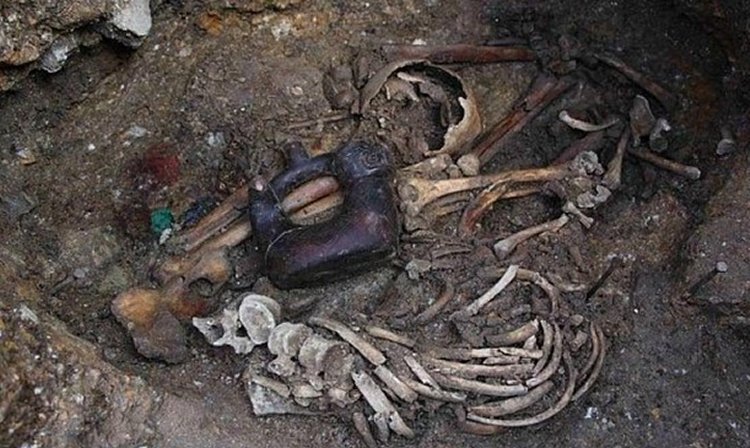
The 2,700-year-old tomb of the Pacopampa culture is being called the Tomb of the Serpent-Jaguar Priests because of a ceramic vessel in the shape of a serpent with a jaguar’s head that was found near one of the bodies. Photo via Latin American Herald Tribune
He said the team informally dubbed the structure the Tomb of the Serpent-Jaguar Priests in honor of a ceramic vessel in the shape of a serpent with a jaguar’s head that was found alongside one of the bodies.
One of the individuals was buried with a necklace of 13 oval-shaped gold beads engraved with figure-eights, while the second was accompanied by the Serpent-Jaguar bottle, which measures 20 centimeters (8 inches) and has a stirrup-like handle.
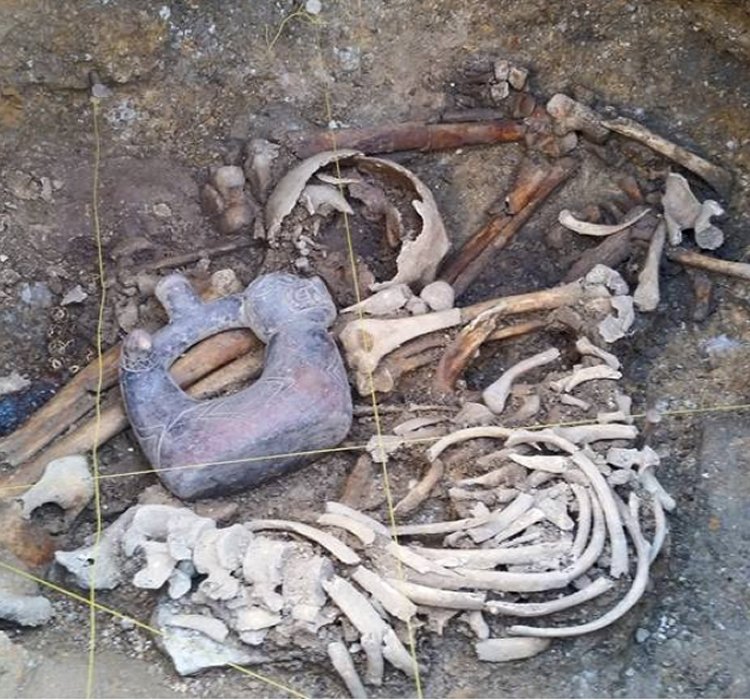
The tomb sits near a large square surrounded by stone walls accessed with two staircases. . Credits: Pacopampa Archaeological Project
The first body faces south, while the second is pointed north, and they lie on one side of a large square surrounded by walls of sculpted stones, with two stairways providing access.

“Finding these remains in the same place where rituals and feasts were held, we assume they could have been priests in charge of ceremonies during this culture’s peak, between 800 and 500 B.C." Photo credits: LaRepublica
“Finding these remains in the same place where rituals and feasts were held, we assume they could have been priests in charge of ceremonies during this culture’s peak, between 800 and 500 B.C.,” Morales said.
The Pacopampa project brings together researchers from Japan’s National Ethnology Museum and Peru’s San Marcos University under the leadership of Japanese archaeologist Yuji Seki.
The discovery of the two priests ranks with similar findings at the Kuntur Wasi site in Cajamarca, Seki said in a statement.
The Pacopampa culture developed between 1200 and 500 B.C. at an altitude of roughly 2,100 meters (6,885 feet) in the Andes.
AncientPages.com
Source:

